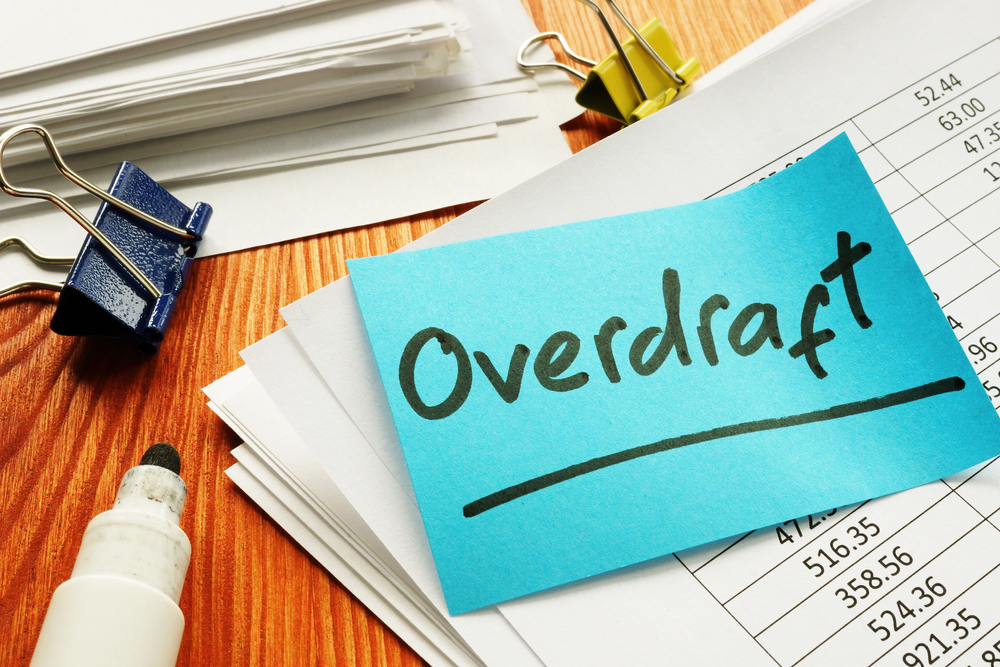Borrowers have been urged to check how much they’re paying for their overdraft and to shift to a cheaper borrowing option if they are paying too much.
Research by TotallyMoney found that one in five (19%) people are overdrawn by £697 each day. Many high street banks charge daily interest rates of between 35% and 49.9%.
This means the average borrower whose bank is charging a typical rate of 39.9% APR would pay £278 in interest each year. The high interest figure puts overdrafts on a par with ‘near prime’ personal loans.
TotallyMoney found that cheaper borrowing alternatives might include credit cards, which have an average interest rate of 21.7% APR, or personal loans, which have a typical APR of 8.69%.
Alastair Douglas, TotallyMoney’s CEO, said: “Overdrafts are, for many, a ghost debt. They may have applied for, or been offered it years ago, and it simply sits as an extension to their current account. There’s no separate card, bank, or app – and the customer may not even be aware that their overdraft is a type of borrowing, or that they can be quite expensive.
“And because there’s not the same balance transfer offers you can get with credit card debt, some customers might be sitting in their overdraft for all, or most, of the time. This means they might be paying interest month after month, and struggling to get back in the black.”
Wellness and wellbeing holidays: Travel insurance is essential for your peace of mind
Out of the pandemic lockdowns, there’s a greater emphasis on wellbeing and wellness, with
Sponsored by Post Office
Andrew Hagger, personal finance expert at Moneycomms.co.uk, said: “There was a time when authorised overdraft rates were pretty much on a par with standard credit card rates, but now it’s very different, with overdraft rates heading towards double the rate of credit card interest.
“Paying from 35% to nearly 50% for an overdraft is difficult to justify, especially as this is for an agreed overdraft limit. If you’re only borrowing for the odd day here and there it’s less of an issue, however if you’re in the red for a couple of weeks or more each month, these rip-off rates will only make your financial position worse.
“Rates of 35% or more are usually associated with borrowers who have previous credit issues and are classified by banks as ‘subprime’ borrowers. Using a credit card can be a far more cost-effective way of managing your cash flow these days, even more so if you’re able to clear your statement balance in full each month.”
Tips for reducing your overdraft interest
Spend your savings
If you have savings, it’s unlikely that you’ll be earning anywhere near as much interest as you would be paying on your overdraft. So consider using this money to clear your balance.
Change banks
There are some providers who’ll give you an interest-free overdraft and a bonus for switching. This means you might be able to clear some of your debt, and stop paying interest on part or all of what you owe.
A 0% money transfer card
A money transfer card is like a balance transfer credit card, but a bit more flexible. You’ll be given a cash limit that you can move from the card to your bank account, and you can use it to clear your overdraft. You can get up to 12 months interest-free on the borrowing – but factor any ‘money transfer fee’ into your calculations.
A 0% purchase credit card
Another option is to apply for a 0% purchase card as you can get up to 21 months interest-free. You could use this to give yourself some breathing room, and avoid using your current account until you’ve cleared your overdraft debt.
A low-cost loan
If you have a good credit score and a high overdraft limit, you might be better off applying for a personal loan and using this to pay off your overdraft. You can get loans with APRs below 10%, which is likely to be cheaper than your current overdraft rate. Once your overdraft is cleared, make sure you don’t start borrowing this way again.


